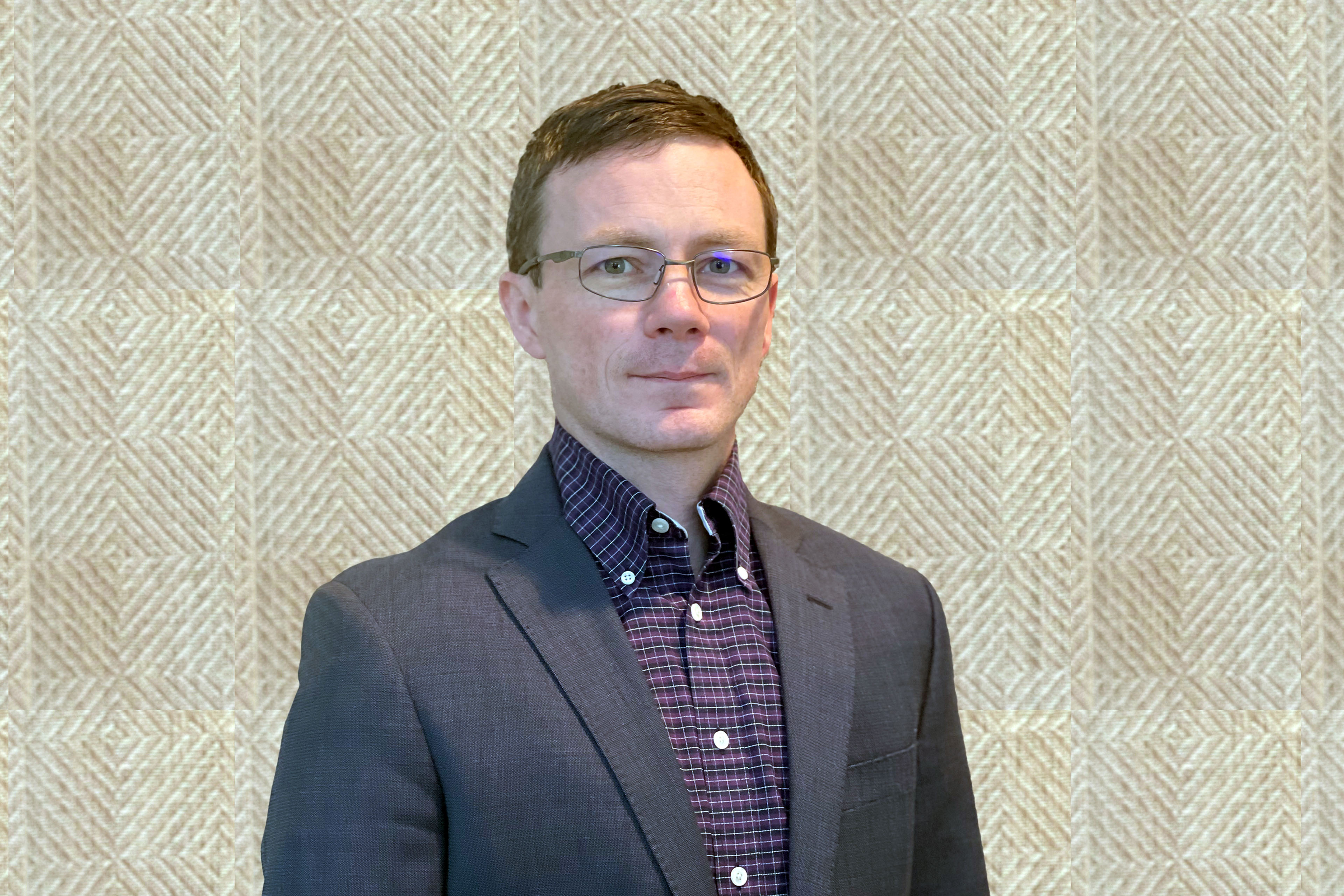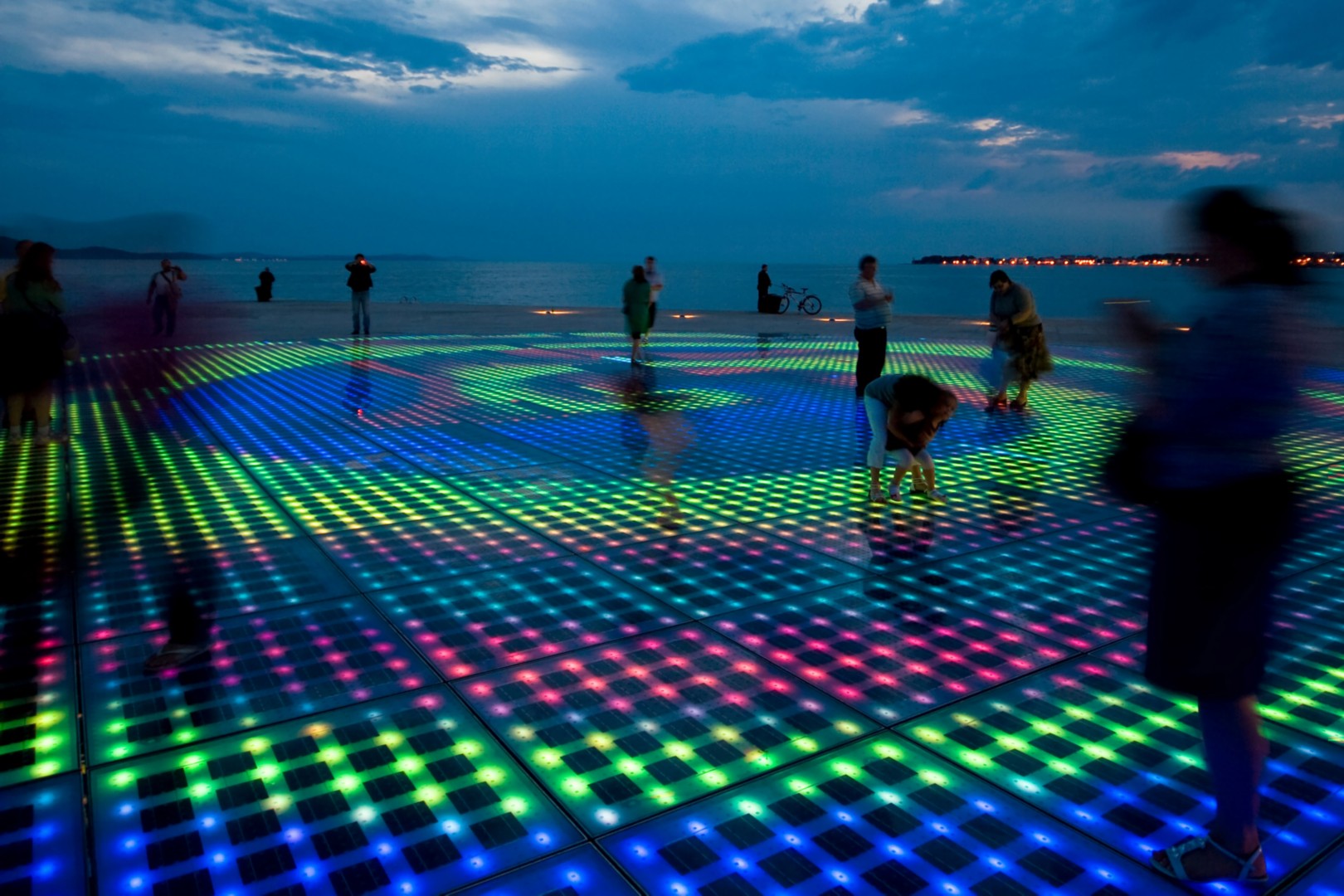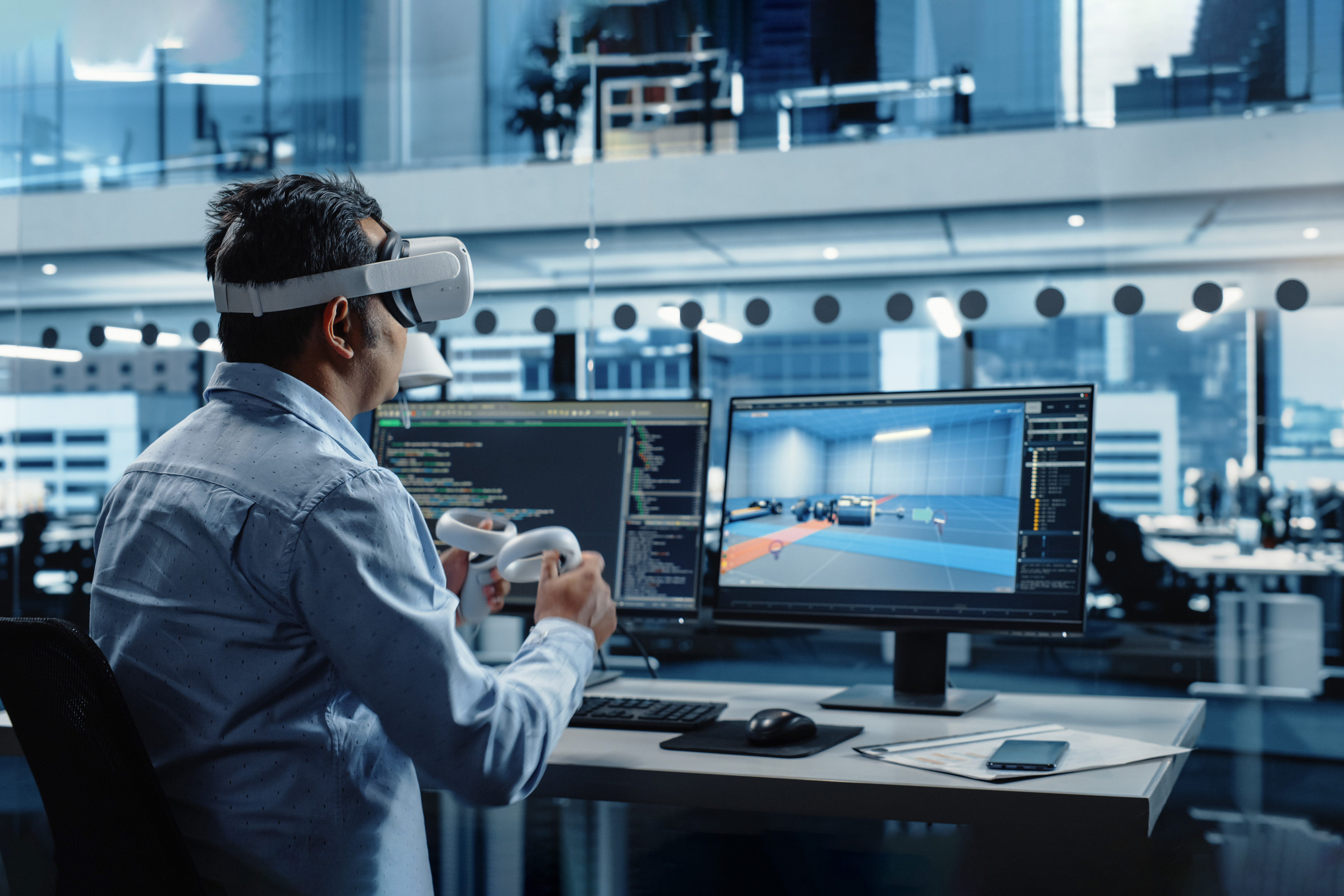EY refers to the global organization, and may refer to one or more, of the member firms of Ernst & Young Global Limited, each of which is a separate legal entity. Ernst & Young Global Limited, a UK company limited by guarantee, does not provide services to clients.
Metaverse
As the metaverse powers new opportunities, business leaders are developing robust strategies across payments, experiences, supply chain and more.
Representation, identity and neurodiversity in the metaverse
One of the resident artists with the EY metaverse lab, Josie, is a Master of Fine Arts candidate and research assistant. As part of her residency project, she and the EY team explored new ways of conceptualizing and creating avatars for use in the metaverse, thinking beyond the traditional humanistic approach. Inspired by her own heritage, she designed a series of masks that serve as chatbot avatars. According to the West African tradition that sparked this idea, masks represent one’s ancestors and thus a deep connection to the past. From a user standpoint, the idea is that when we encounter familiar, comforting imagery in the metaverse, we’re more likely to engage.
For the EY metaverse lab team, these masks were an “aha” moment: “We don’t need to build avatars that are humanoid in their expression,” Domhnaill noted. “The way Josie represents AI bots through masks opened our minds to issues of accessibility, representation and identity. How do you build solutions that operate on a spectrum — where you meet people where they are in the moment, in the virtual environment of their choosing?” he continued.
The EY team is also harnessing the power of neurodivergence and diverse problem-solving through the artist-in-residence program. For example, Kate, an artist and designer who also happens to be on the spectrum, leveraged her unique way of thinking to help the EY team tackle key challenges around designing virtual worlds. Together with the EY team of creative technologists, she explored ways of diversifying users’ sensory experiences in the metaverse.
“The visual is there — and we’re visual dominant — but we’re missing spatial audio and how it affects our perception of ourselves. And touch is completely absent in those environments.” As such, Kate thinks about how to bring in elements of those experiences in new and exciting ways that were previously unimaginable. For example, she and the team have experimented with leveraging visual cues to spark a tactile sensation for metaverse users.
Looking ahead
As Ernst & Young LLP’s artist-in-residence program continues to mature and connect with more artists, the EY metaverse lab team aims to drive deeper collaboration with EY technology and innovation hubs in continental Europe and Asia. This will help the team accelerate its key goals: enhancing human capabilities and driving greater creativity in the metaverse with an eye toward unlocking long-term value across the working world. “This is a movement,” observed Edwina.
Much like the metaverse, ideals around corporate social responsibility, sustainability, and diversity and inclusion were also once seen as niche areas before taking center stage across the working world. “We’re now at a similar moment with the arts where we can bring that to the center. It’s also good for artists, who deserve to be recognized for the value they bring to the world. So, when we put the arts in a business context, everyone wins. And we want to lead the way,” she continued.





